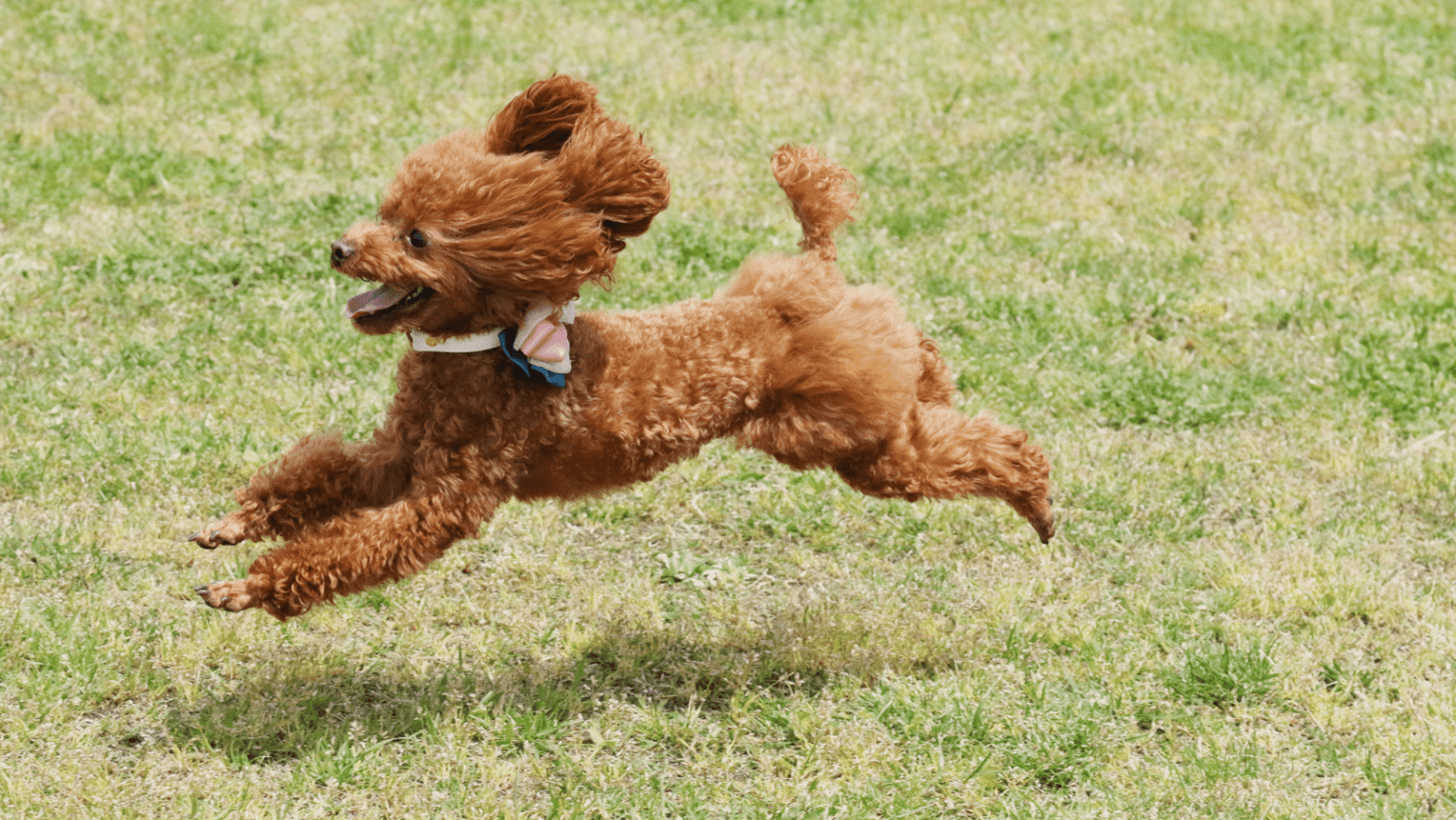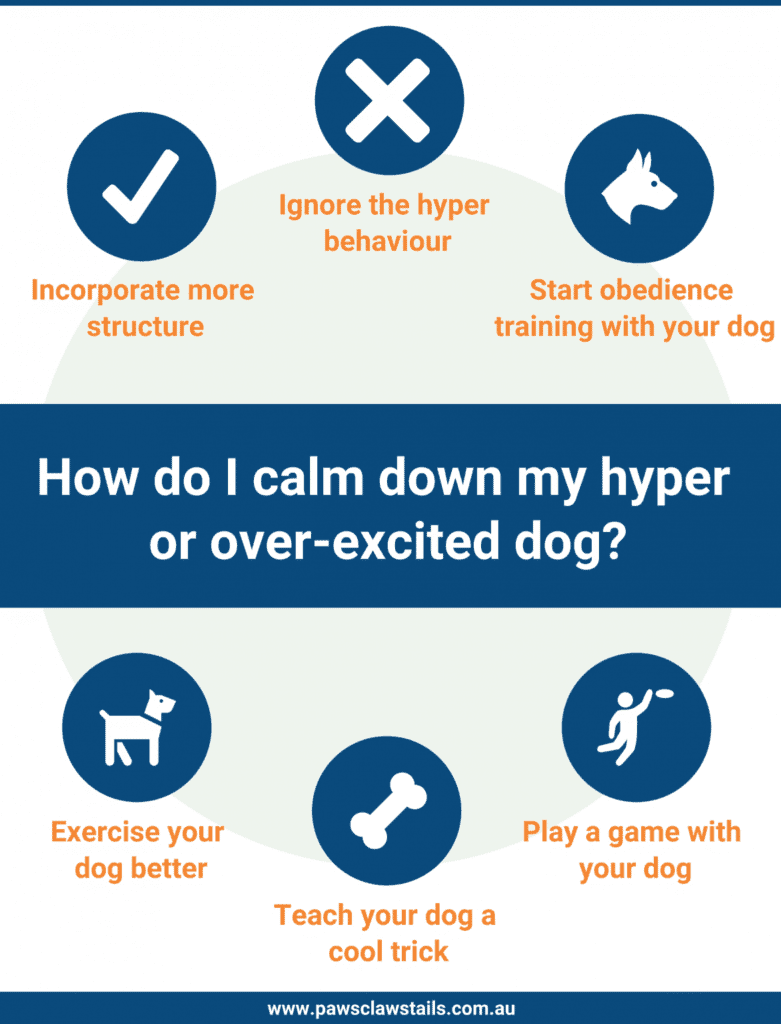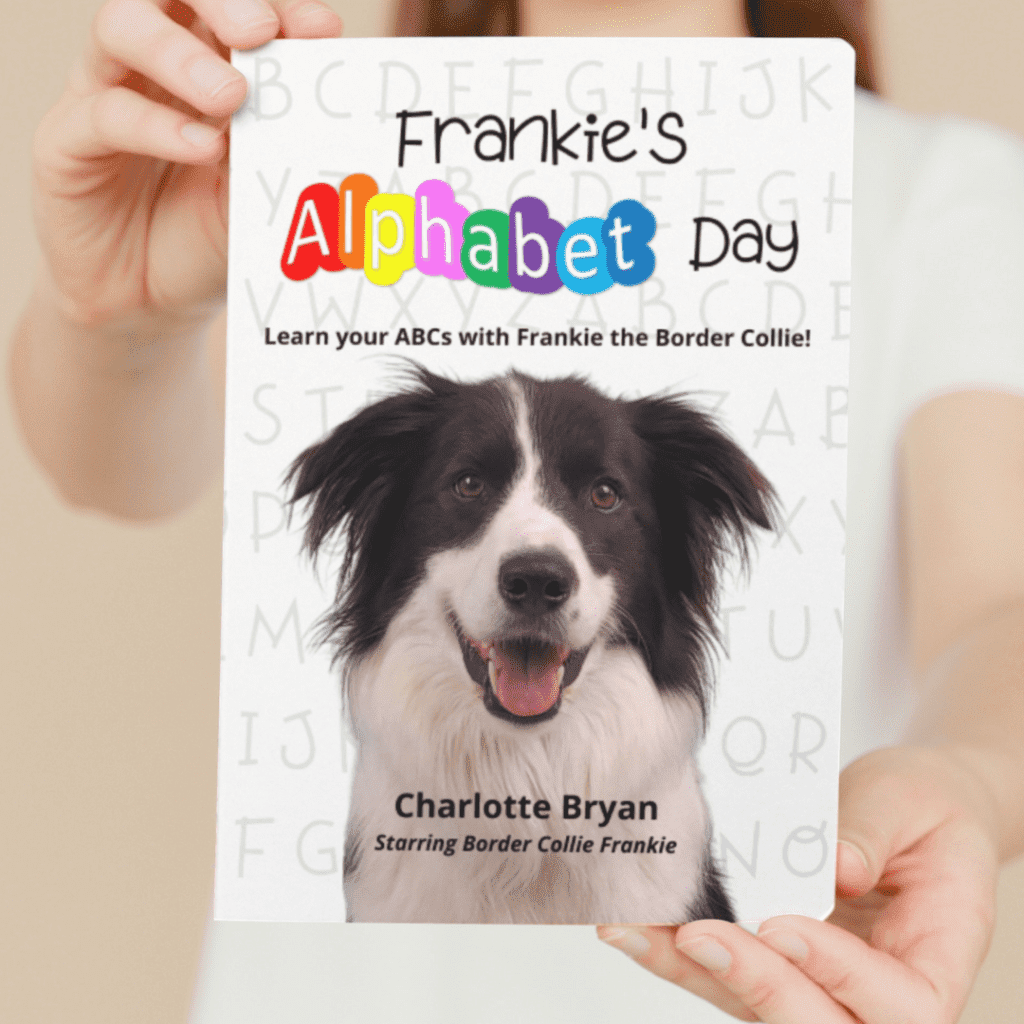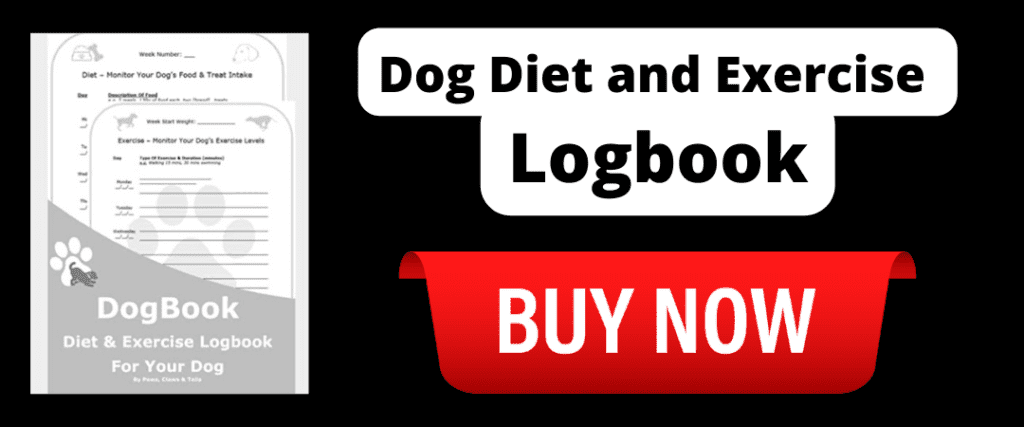How can you calm down a hyper dog?

Admin
Published On Jan 31,2022
Unfortunately, lots of dogs are surrendered to dog shelters because their owners can’t deal with their dog’s high energy or over-excitedness and the undesirable behaviours such as excessive barking, chewing and digging that accompany this. If you are noticing that your dog seems hyper or over-excited, the issue is likely stemming from lack of stimulation and boredom. Therefore, in order to address the issue, you need to assess and alter the way you interact with your dog.
Seven techniques you can employ at home
These 7 tips can be effective in calming your dog down by decreasing boredom, increasing your dog’s physical and mental stimulation, and increasing your dog’s overall engagement with you.
- Incorporate more structure into your household. “Structure” is crucial for any well behaved dog. “Structure” is simply a concept that describes the level of control and routine within your home and ensuring that your dog has a well-structured life. So how do you ensure your dog’s life is full of structure? Start training your dog in placework. Placework is training your dog to go (and stay) on their bed or in a specific area until released with a verbal command such as “free”. Learn how to teach your dog to go to their bed (article coming soon). There are so many situations in which you can use this useful command such as when someone rings the doorbell, you’re cooking dinner and want your dog out of the kitchen or you are watching a movie and want your dog to settle down – and that right there is the purpose of placework. Placework teaches your dog the hardest command it will ever learn – to do nothing, to just chill out and go to sleep. This is incredibly difficult for some dogs especially working breeds because they love doing jobs. This command pays off in dividends however because it teaches your dog that there are times for play and times for quiet – i.e. it develops your dog’s “OFF SWITCH”.
- Ignore the hyper behaviour. This technique only applicable in certain situations but is highly effective when employed correctly. This technique should be employed when your dog is directing hyper behaviour at you. For instance, if your dog is excitedly jumping up on you. If your dog is doing this, employ the “no look, no talk, no touch” rule – to make it even more obvious to your dog, turn your back to them. Keep ignoring your dog until they calm down and start displaying a desirable behaviour such as lying down on their bed. When you see them do this, wait 5 seconds and then go over and give them lots of attention. This teaches your pup that they get attention by lying down on their bed rather than when they are “demanding” attention from you.
- Start obedience training with your dog. Obedience training is crucial to any well-behaved dog. It’s not just teaching your dog a few commands such as “sit”, “down” and “stay”, it increases your dog’s focus and level of engagement with you. Have you tried obedience and can’t seem to get your dog to focus on you? Employ the “no to free meals” concept. Instead of feeding your dog his/her breakfast in their bowl, use their meal to train and make them work for their food. A dog with an empty stomach will be more motivated than a dog that has a a belly full of food.
- Exercise your dog better. When most people hear this they say “ok I’ll take my dog for more walks”. Notice how I didn’t say “exercise your dog MORE” but rather I said “exercise your dog BETTER”. Most people lead busy lives (myself included) and so trying to fit in more or longer dog walks can sometimes be a little challenging. So this is where the common phrase “quality over quantity” is applicable. What I mean is that instead of increasing the length of a “boring” walk, increase the excitement of the walk. My dogs and I don’t go on walks, we go on adventures! When we go on adventures I take treats, a ball or toy, some water, poo bags and a leash. Our adventures consist of loose leash walking to start off with, then we’ll stop and do some basic obedience but we’ll make it fun and exciting with games of tug as rewards. Then the dogs will be let off leash (if it’s an off leash area) or I’ll put them on a long line where they can have some free sniffing time and can explore on their own. Then we may throw in a few fun tricks followed by a game of fetch or a few games of tug. On the way home, my dogs are free to sniff and explore again. This is an example of our adventure walks and often they are only 30 to 45 mins long but because we fill our walks with so much socialisation, games, fun, excitement, training and exploring, all dogs come home ready for a big rest because their brain needs to process everything that happened and all the smells that they encountered. And I’m not saying you have to do all of this when you take your dog for a walk but by incorporating a little bit of training or letting your dog have a sniff around, your dog will need some processing time afterwards (or what we see as a post-walk sleep).
- Teach your dog a cool trick. Trick training is a fantastic activity to undertake with your dog. By simply teaching your dog a few tricks, you are enhancing the bond you share, having fun, increasing your dog’s responsiveness and engagement, keeping them fit and keeping their mind mentally sharp. To achieve this you don’t need to teach your dog the most complex tricks on Earth. Just some simple spins and high fives work just as well!
- Play a game with your dog. Everyone learns easier when learning is fun – don’t you? It’s the same with your dog! By making training and learning fun, your dog will be more interested and engaged and will pick up cues much more easily and quickly! For instance, if you are practicing recalls with your dog, hold a tug toy so that you can play a game of tug-o-war when they run over to you – it will also tire them out more!
- Stop playing fetch inside the house! This is probably the most important thing you can do. Do you have one of those dogs who always brings the ball to you to play? Do you find your self chucking the ball a few feet and suddenly find yourself playing a game of mini-fetch? These mini games need to stop. Fetch is a highly stimulating activity for your dog, much like video games for humans. If you’re constantly playing these mini-fetch games with your dog, you are keeping their mind stimulated and therefore on edge all the time. Did you know it can take a maximum of three days for your dog’s mind to calm down after an over-stimulating game of fetch! I tried this very thing with my Border Collie and suddenly his hyperactivity stopped!
Try out Freework with your dog!

Overall, there are many ways to boost your dog’s stimulation, responsiveness and engagement and reduce boredom – the aforementioned techniques are a couple of effective ways!
Happy training!

Is your dog still “out of control”?
Contact Charlotte today about her dog training and behaviour sessions. These can be conducted in person and online.





